California is a state that tantalizes the taste buds, offering a culinary landscape as diverse and vibrant as its geography. From sun-drenched coastlines to fertile valleys and bustling metropolises, the Golden State provides a melting pot of flavors influenced by its rich history, diverse cultures, and abundant agricultural bounty. Exploring what to eat in California is an adventure in itself, promising everything from Michelin-starred dining to humble food truck gems and unique theme park treats.
While many think of California for its scenic beauty and cultural landmarks, its food scene is equally iconic. It’s a place where fresh, local ingredients are paramount, and innovation meets tradition. When you’re planning your visit to this incredible state, deciding what to eat in California is just as important as deciding where to go.
Dining Adventures at LEGOLAND® California Resort
Stepping into a place like LEGOLAND® California Resort offers a specific kind of dining experience – one designed for fun, family, and convenience amidst the excitement of rides and attractions. While not representative of the entire state’s cuisine, the food options here cater to park visitors looking for everything from quick snacks to sit-down meals.
LEGOLAND® California Resort prides itself on offering a variety of choices to satisfy hungry guests, knowing that having fun works up an appetite! Whether you prefer a casual bite or a more substantial meal, the park aims to provide delicious options for everyone in the family. Their offerings range from classic theme park fare like burgers and pizza to sandwiches, barbecue, and a wide array of snacks and freshly prepared items.
 Decorating a LEGO Minifigure Head cookie at a theme park event.
Decorating a LEGO Minifigure Head cookie at a theme park event.
One notable aspect highlighted by LEGOLAND is their attention to guests with allergies, food intolerances, or dietary restrictions. They provide resources like an online allergy guide to help plan your visit in advance. During your day at the park, you can also speak directly with a manager or chef at dining locations to discuss safe meal options, demonstrating a commitment to inclusive dining experiences within the park environment. This consideration for dietary needs is an increasingly important part of the modern dining landscape, even in themed entertainment.
Unique & Themed Treats
Theme parks often feature special, exclusive treats that become part of the memorable experience. LEGOLAND California is no exception. During select events or available at specific locations, you might find unique items like the “Make & Munch Cookie,” allowing guests to decorate their own edible LEGO Minifigure Head.
Other fun, colorful options can include vibrant drinks like the “Chill Breeze,” layering different fruit flavors and topped with playful elements like colored popcorn and Pop Rocks. Sweet snacks are abundant, featuring creations like “Boogie Bites,” cinnamon-dusted churros served in a food-safe LEGO Head container, or candy-flavored popcorn like “Electric Pop.”
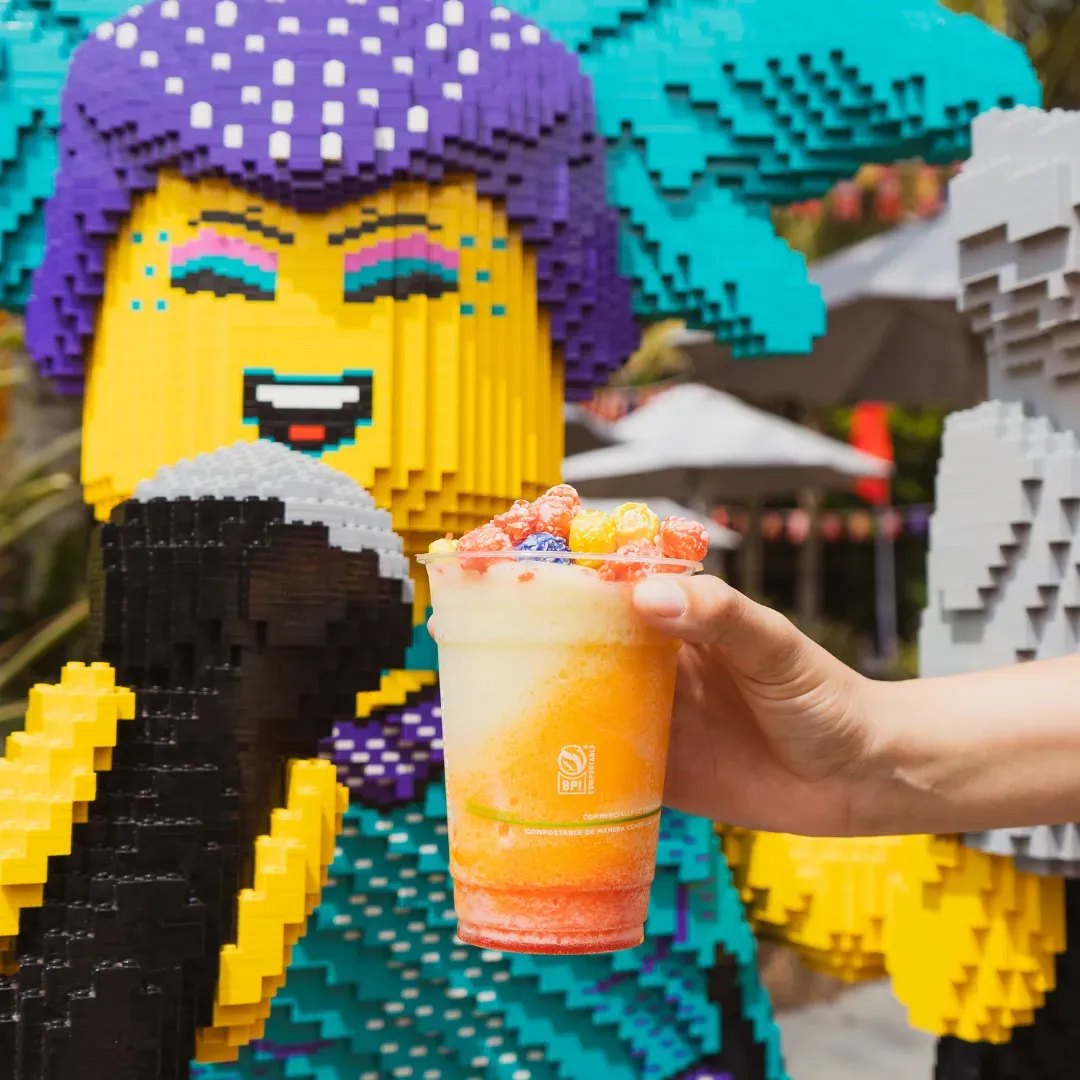 A bright, layered beverage with colorful toppings in a plastic cup.
A bright, layered beverage with colorful toppings in a plastic cup.
Refreshing drinks are also key, such as the “Pina Lime Boba Refresher,” a tropical and citrusy mix with lychee boba and butterfly pea flower infusion. For something more indulgent, “Beignet Bliss” offers powdered beignets with decadent fillings and toppings ranging from caramel and chocolate sauces to pop rocks and even bacon bits, showcasing a playful take on classic pastries.
 Bite-sized churros with colorful sugar and sprinkles in a themed container.
Bite-sized churros with colorful sugar and sprinkles in a themed container.
Theme Park Dining Staples
Beyond the special festival items, LEGOLAND California provides the quick bites and classic options park-goers expect. Numerous food stands and quick-service restaurants are scattered throughout the park’s themed lands. You can find spots dedicated to ice cream, crepes, and the park’s signature Granny’s Apple Fries.
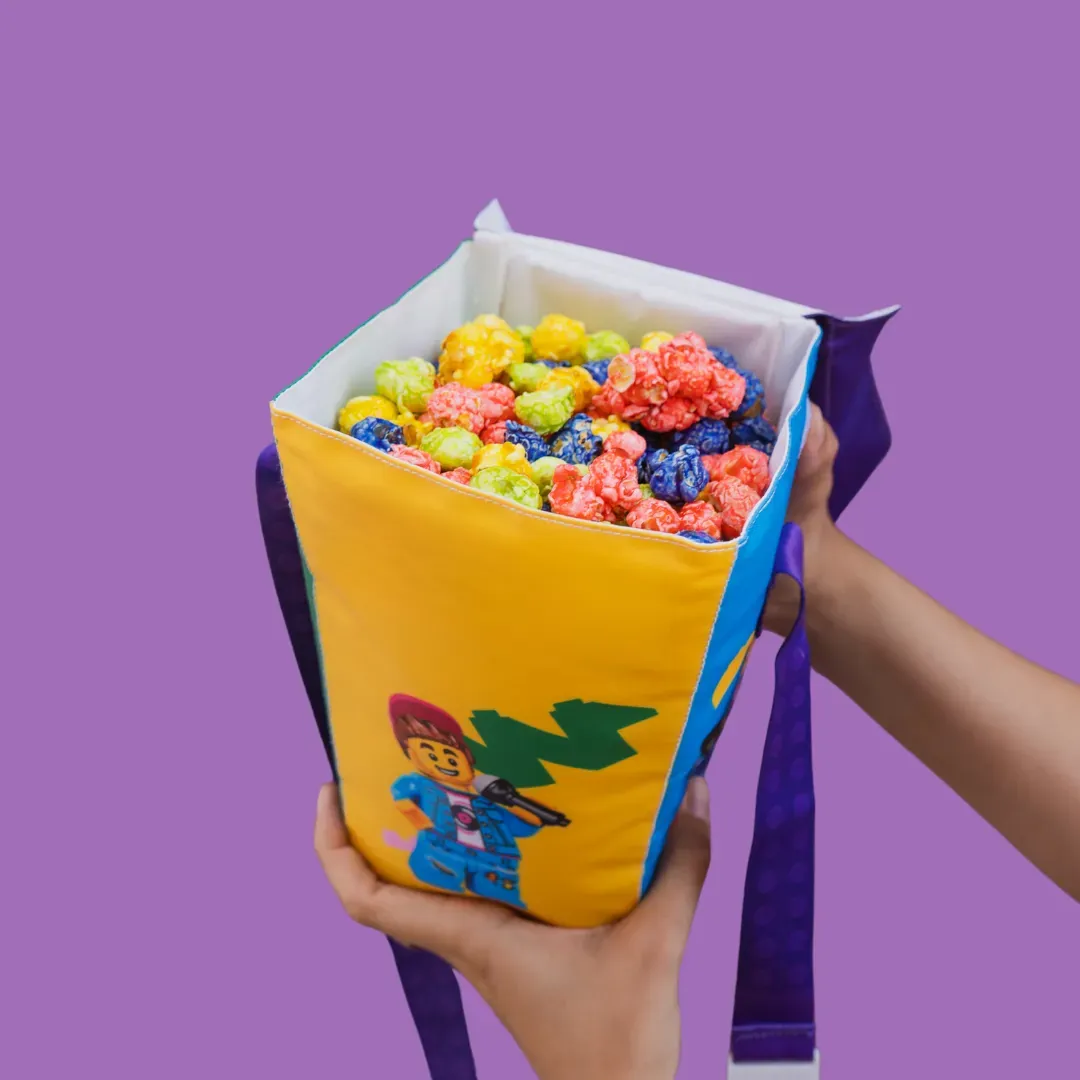 Colorful candied popcorn in a branded bucket.
Colorful candied popcorn in a branded bucket.
Granny’s Apple Fries are particularly famous, a unique treat invented at LEGOLAND, made from cooked Granny Smith apples, dusted with cinnamon sugar, and served with vanilla cream dipping sauce. Other snack spots offer popcorn, frozen lemonade, slushies, and coffee beverages, ensuring you stay refreshed throughout the day.
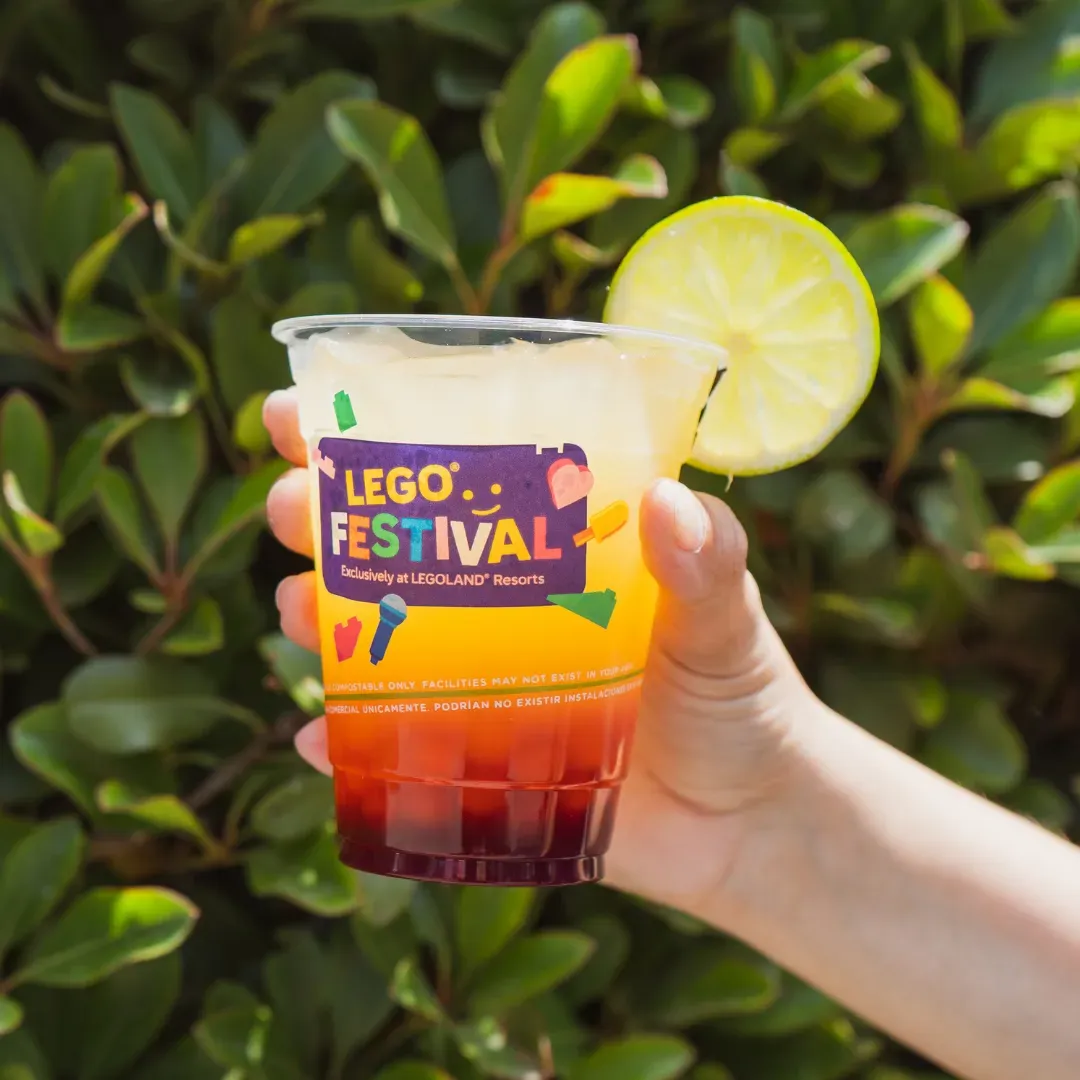 A glass of a layered pink and purple drink with boba at the bottom.
A glass of a layered pink and purple drink with boba at the bottom.
For more substantial meals, the park offers dedicated locations for burgers (like Burger Kitchen and Burger Stop), chicken tenders (Chicken and Crown), and pizza (The Pizza Pit Stop). There’s also “Everything is Ramen” in THE LEGO® MOVIE™ World, offering homemade ramen, rice bowls, and salads, reflecting the global influences increasingly found even in theme park dining.
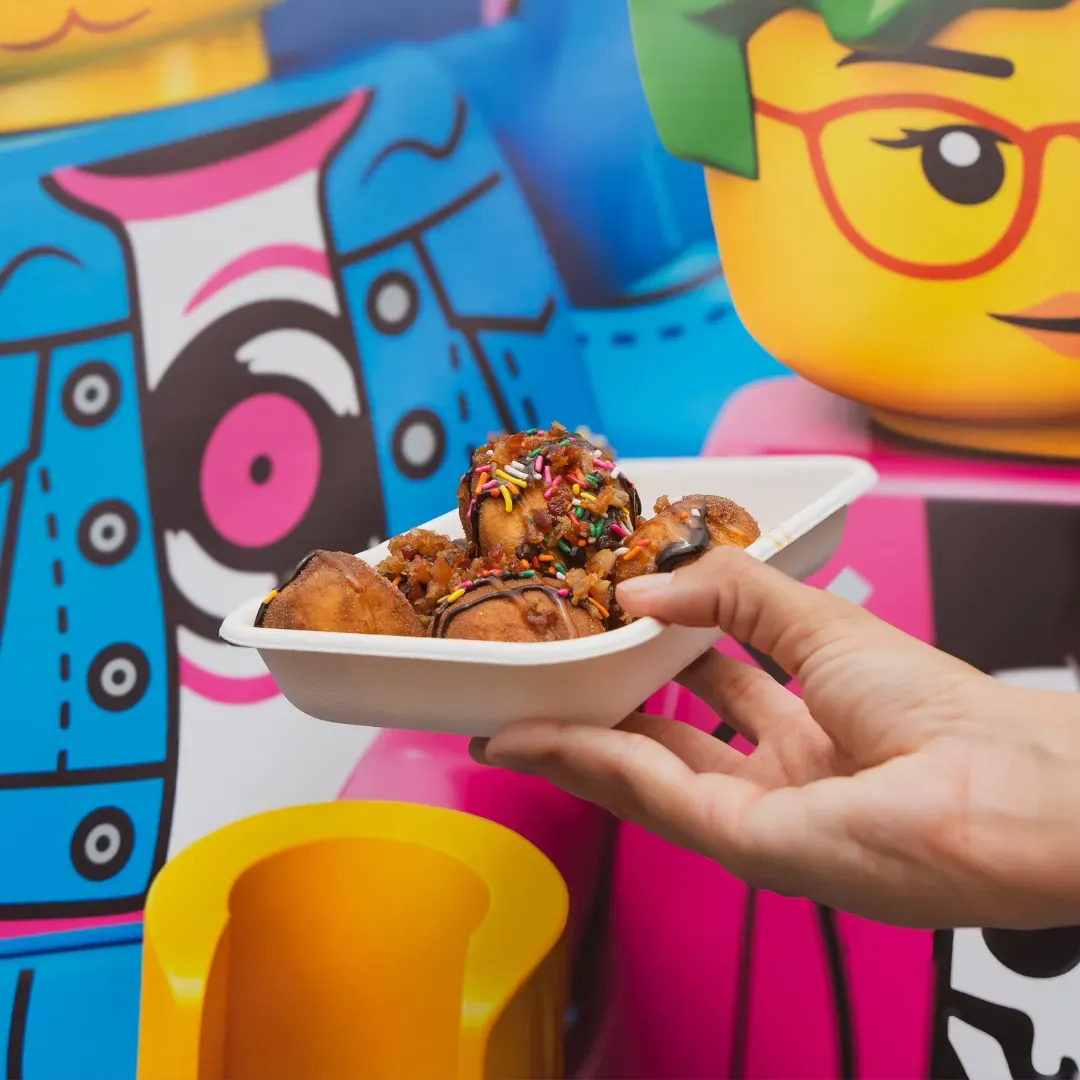 Powdered beignets with various fillings and toppings displayed in a glass dish.
Powdered beignets with various fillings and toppings displayed in a glass dish.
Fun Town’s Urban Market provides a market-style experience with dishes prepared fresh, including options like Spicy Shrimp Fettuccine or Chicken/Tofu Curry. For BBQ lovers, Knights’ Smokehouse BBQ in Castle Hill serves Texas-style BBQ cooked low and slow, including pulled pork, brisket, and ribs, often paired with craft beer. Asian flavors are also represented with Ninja Kitchen offering Korean fried wings and kimchi fried rice.
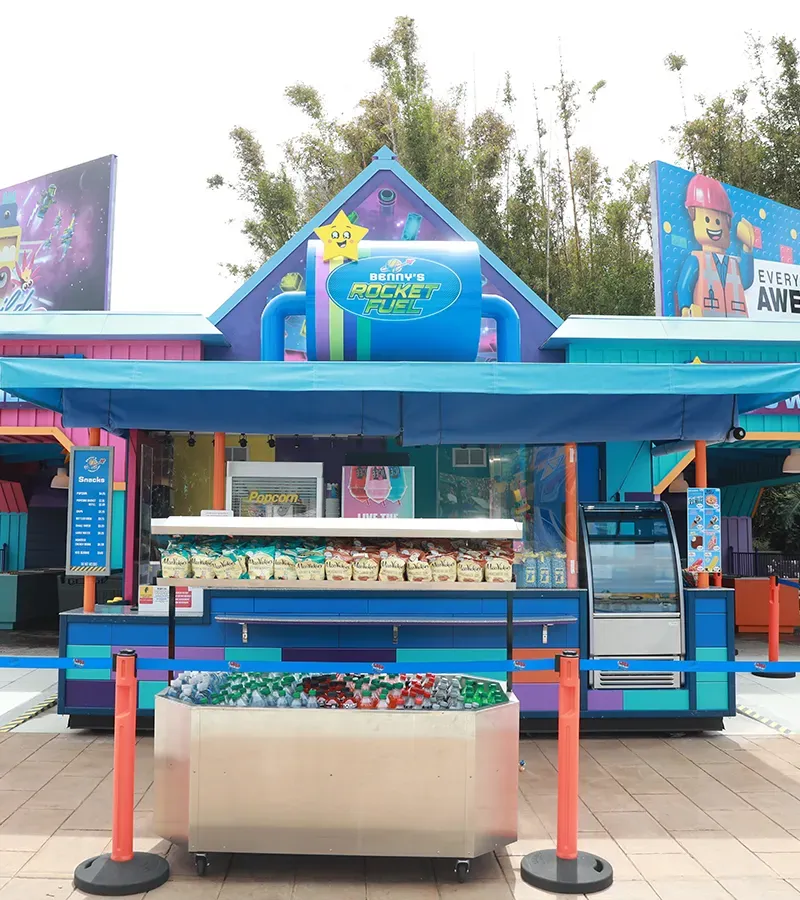
Benny’s Rocket Fuel stand sign with colorful snacks and drinks displayed.
Buffet options are available as well, such as the Pizza & Pasta Buffet in Castle Hill for an all-you-care-to-eat experience with homemade pasta, sauces, pizza, salads, and breadsticks. The LEGOLAND Hotel and Castle Hotel also feature buffet restaurants like Bricks Family Restaurant and Dragon’s Den, open to both hotel guests and park visitors.
 Scoops of ice cream in cones and cups at a counter.
Scoops of ice cream in cones and cups at a counter.
It’s worth noting that within the theme park, eating and drinking are typically permitted only in designated dining areas, and not while waiting in lines or on rides, which is standard for park operations. While LEGOLAND offers a specific, fun-focused food environment, it’s just one small piece of the answer to “what to eat in California.”
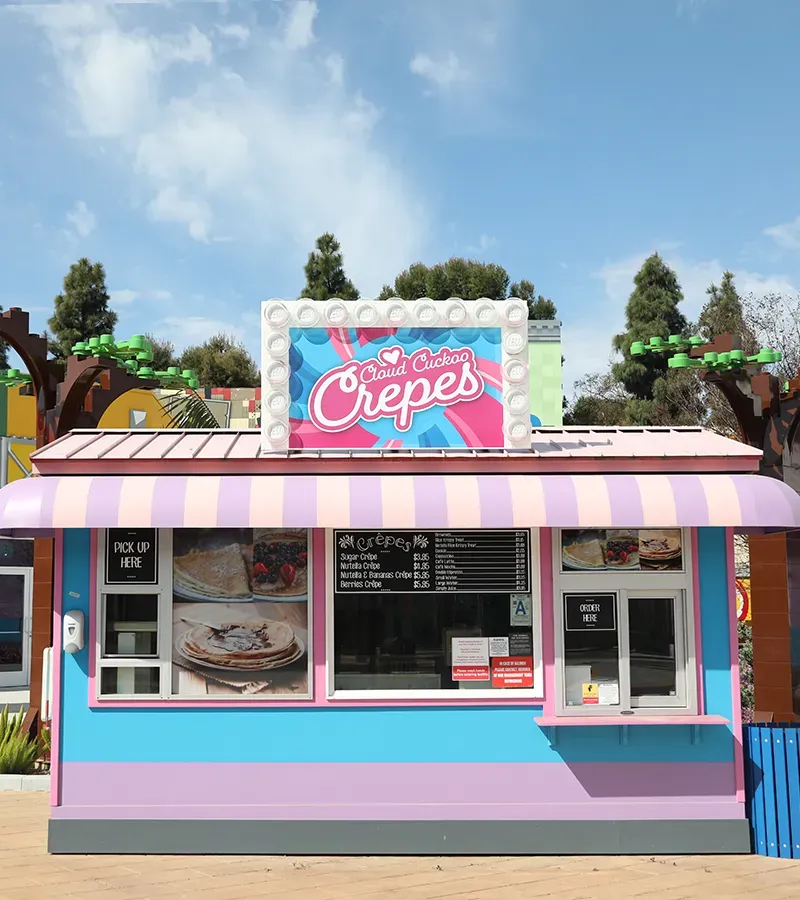 Close-up of sweet crepes with various toppings.
Close-up of sweet crepes with various toppings.
Beyond the Park: California’s True Culinary Icons
To truly understand what to eat in California, you must venture out into its cities and towns, exploring the diverse culinary traditions that define the state. California cuisine is often characterized by its emphasis on fresh, seasonal ingredients, influenced by Mediterranean, Mexican, and Asian flavors, alongside American comfort food staples.
Discover the Best of What to Do in Downtown Denver – Your Ultimate Guide
Discover the Best Brunch in Denver – A Local’s Guide
Top 10 Places to Visit in Nevada with Family for an Epic Trip
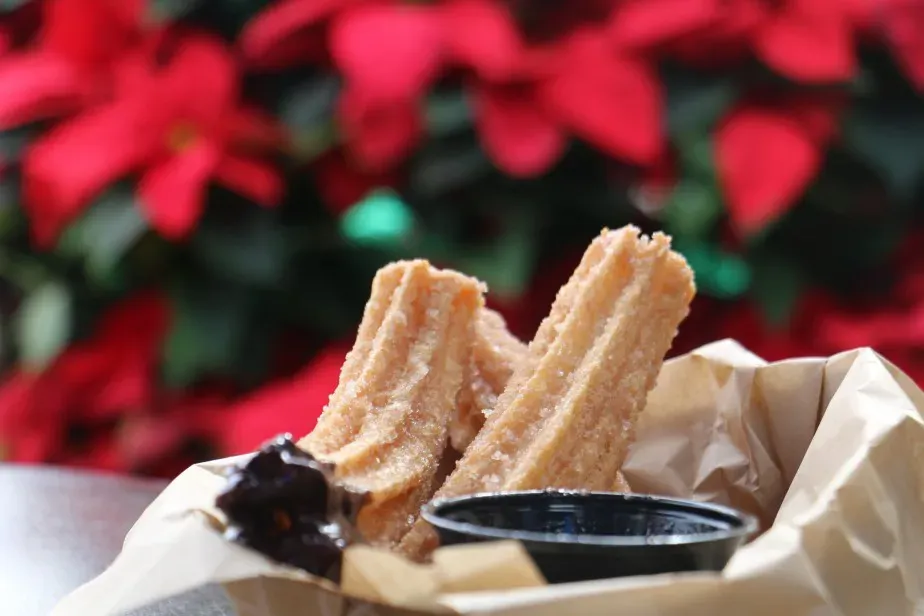 Freshly made churros dusted with sugar.
Freshly made churros dusted with sugar.
Iconic Dishes & Must-Try Foods
When asking what to eat in California, several dishes immediately come to mind, each telling a story about the state’s culture and history:
- California Burrito: Born in San Diego, this is not just any burrito. It’s typically filled with carne asada, cheese, sour cream, pico de gallo, and crucially, French fries. It’s a hearty, uniquely SoCal creation.
- In-N-Out Burger: A California institution. While simple (burgers, fries, shakes), its commitment to freshness (“Quality You Can Taste”) and its not-so-secret menu have earned it legendary status. Trying an “Animal Style” burger and fries is a rite of passage.
- Sourdough Bread: Particularly famous in San Francisco, the tangy, chewy sourdough is a result of the unique natural yeast and bacteria found in the Bay Area’s climate. It’s perfect with seafood, in a bread bowl, or simply with butter.
- Cioppino: Another San Francisco specialty, this is a hearty fish stew originating from Italian-American fishermen in the city. It’s packed with crab, clams, mussels, shrimp, and fish, all simmered in a tomato and wine broth.
- Fish Tacos: While originating in Baja California, Mexico, fish tacos have become a staple of California’s coastal cuisine, especially in Southern California. Lightly battered or grilled fish, served in a warm tortilla with cabbage slaw and a creamy sauce, embodies the fresh, casual vibe.
- Avocado Toast: Though seemingly simple, California’s abundant avocado supply made this a global trend. Fresh, ripe avocados mashed on quality bread, often with various toppings, highlights the state’s focus on fresh produce.
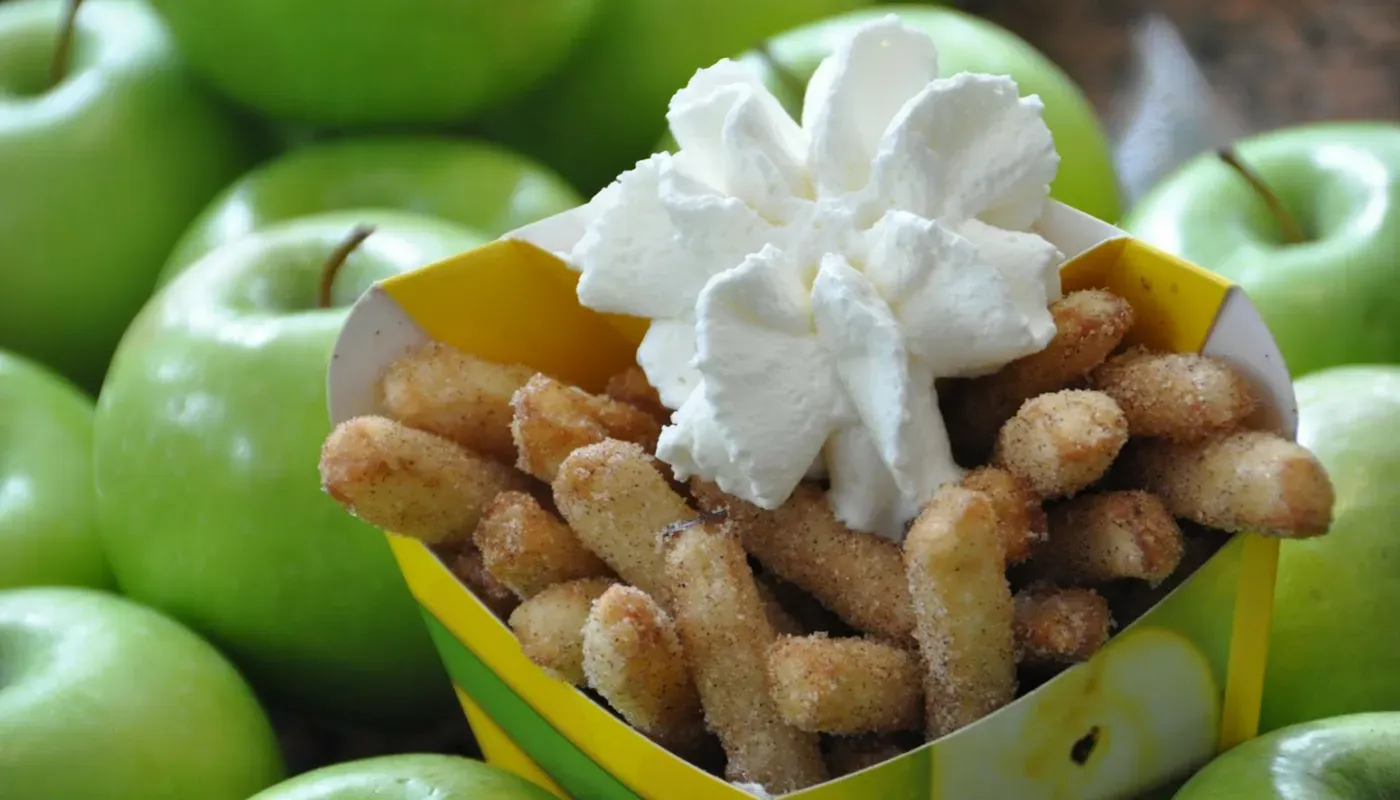 Granny’s Apple Fries served with a side of vanilla cream dipping sauce.
Granny’s Apple Fries served with a side of vanilla cream dipping sauce.
Regional Flavors: North vs. South
The vastness of California means its food scene varies by region. Northern California, particularly the Bay Area, is known for its emphasis on organic, farm-to-table dining, innovative cuisine, and seafood (crab, oysters). Southern California, with its proximity to Mexico and large Latin American and Asian populations, offers incredible Mexican, Central American, and diverse Asian cuisines, alongside casual beachside eats and the health-conscious trends of Los Angeles.
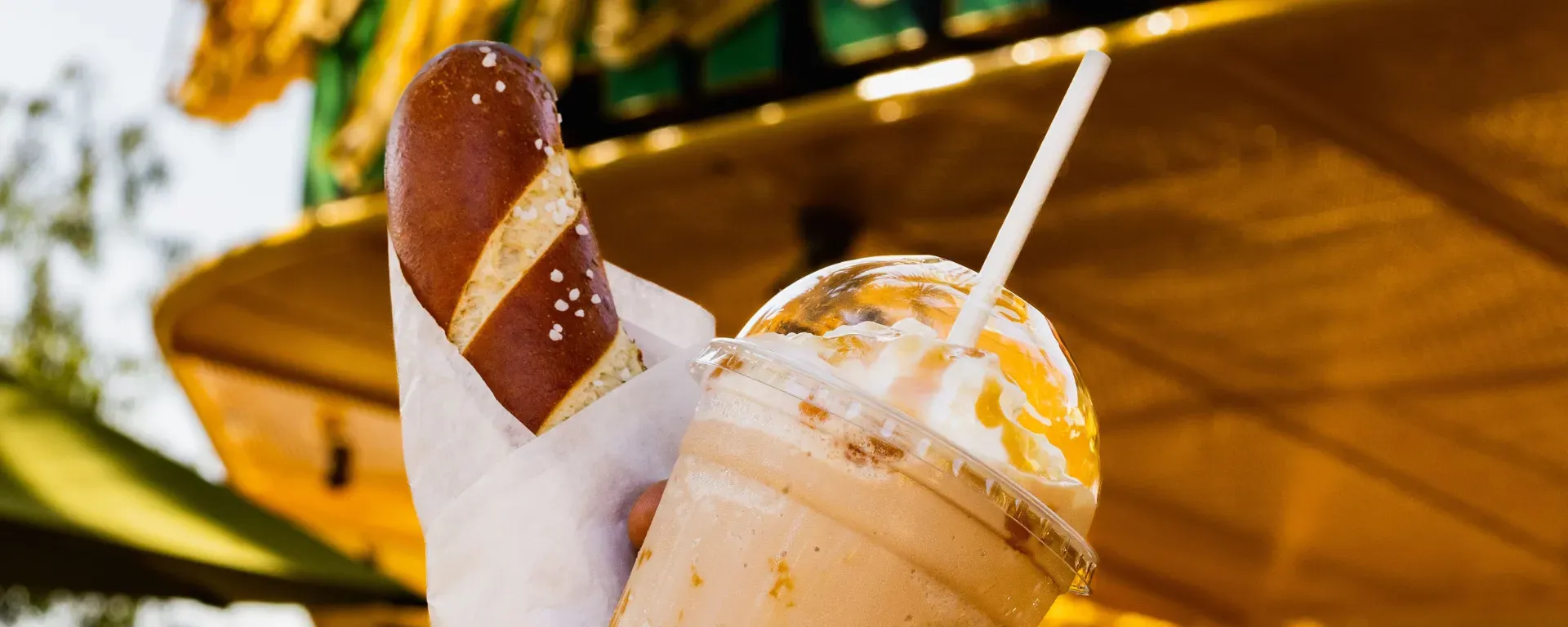 The Market food stand offering coffee, salads, and beverages.
The Market food stand offering coffee, salads, and beverages.
The Farm-to-Table Movement
California’s agricultural richness cannot be overstated. The Central Valley is one of the world’s most productive farming regions. This abundance directly fuels the state’s renowned farm-to-table movement, where chefs prioritize sourcing ingredients locally and seasonally. Visiting farmers’ markets is a fantastic way to experience this connection to the land and find incredibly fresh produce, artisanal products, and prepared foods.
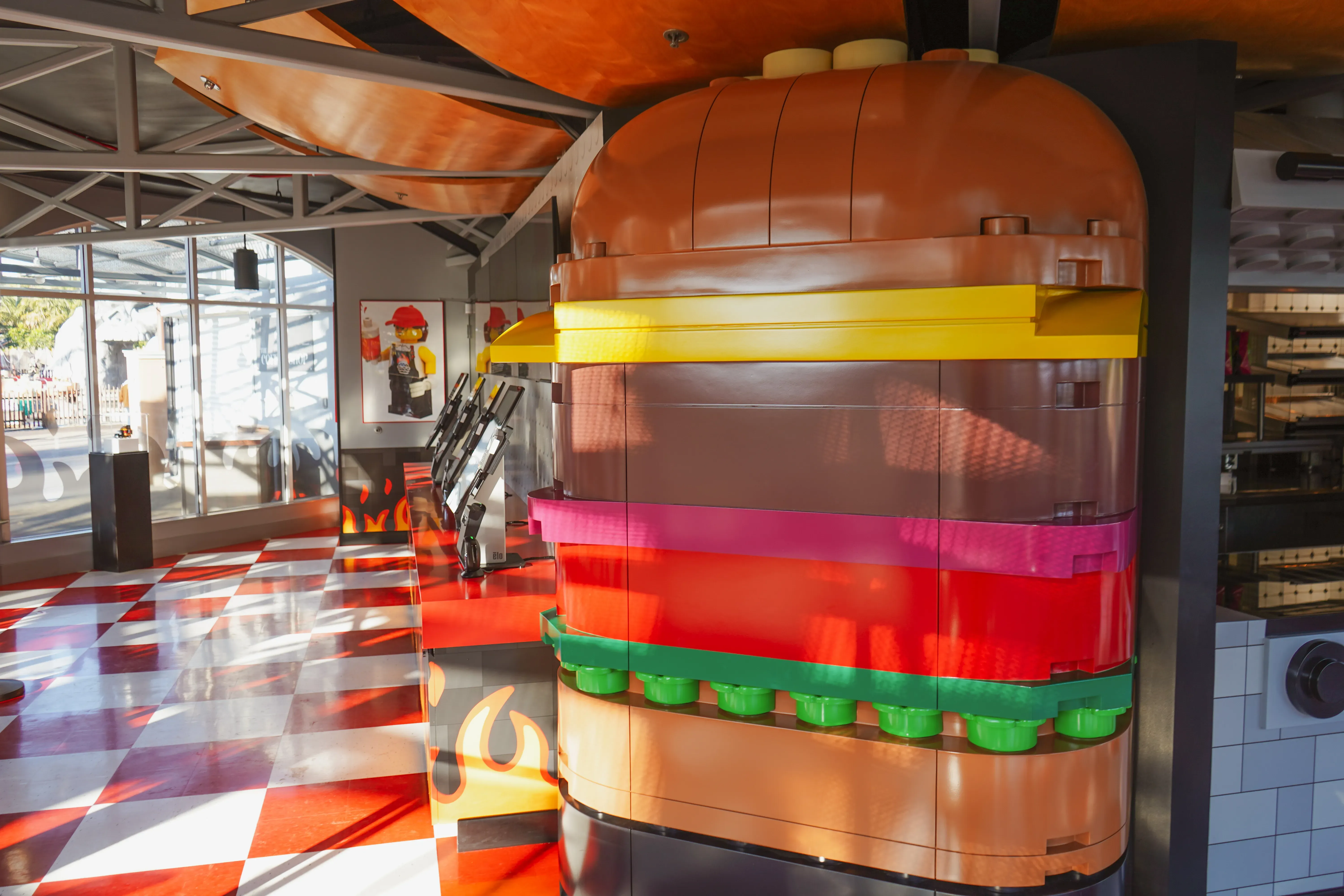 Burger Kitchen restaurant facade at a theme park.
Burger Kitchen restaurant facade at a theme park.
Diverse Influences
California’s population is incredibly diverse, and this is beautifully reflected in its food. Beyond the strong Mexican influence, you’ll find vibrant food scenes from across Asia (Chinese, Japanese, Korean, Vietnamese, Filipino, Thai), particularly in cities like Los Angeles and San Francisco. Middle Eastern, Mediterranean, and European cuisines also have a significant presence. This blend creates unique fusion dishes and allows you to embark on a global culinary tour without leaving the state.
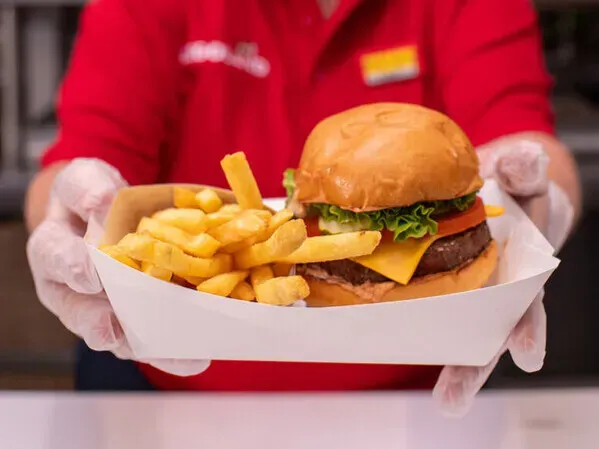 A classic cheeseburger and fries on a tray.
A classic cheeseburger and fries on a tray.
Unique Dining Experiences
Eating in California isn’t just about the food itself; it’s about the experience. This can range from:
- Food Trucks: A thriving culture, particularly in LA, offering everything from gourmet tacos and Korean BBQ to creative fusion dishes.
- Farmers Markets: More than just shopping, they are community hubs with food stalls, live music, and a chance to meet local producers.
- Beachside Cafes: Casual spots offering fresh seafood, fish tacos, and relaxed vibes with ocean views.
- Fine Dining: World-class restaurants, especially in major cities, pushing culinary boundaries and often showcasing California’s produce in innovative ways.
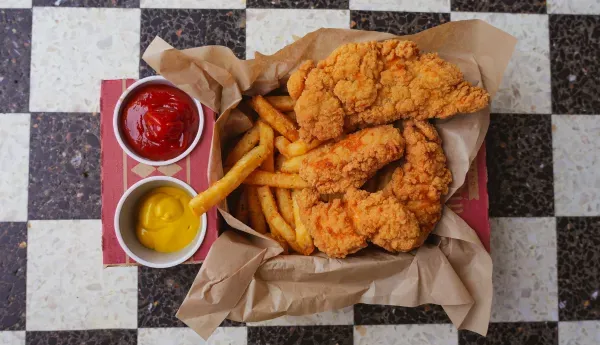 Chicken tenders and fries served with dipping sauces.
Chicken tenders and fries served with dipping sauces.
From the structured, fun-focused dining of a theme park like LEGOLAND California to the rich, historical flavors of San Francisco’s Cioppino or the casual cool of a LA food truck, exploring what to eat in California offers endless possibilities. It’s a state where every meal can tell a story, connecting you to the land, the people, and the diverse influences that make California’s food scene truly unique.
Frequently Asked Questions About Eating in California
What is the most famous food in California?
There isn’t one single “most famous” food, as California’s cuisine is incredibly diverse. However, iconic items widely associated with the state include the California Burrito (San Diego), Sourdough Bread (San Francisco), and the classic In-N-Out Burger. Avocado Toast, while now global, also rose to prominence heavily influenced by California’s abundant avocado production.
 Market-style restaurant display with prepared dishes.
Market-style restaurant display with prepared dishes.
Is California food healthy?
California cuisine often emphasizes fresh produce, lean proteins, and less heavy sauces, contributing to a reputation for being healthy. The strong farm-to-table movement and focus on seasonal ingredients support this. However, like anywhere, California also offers indulgent options like deep-fried burritos, rich pastries, and hearty BBQ, so the healthiness depends on your choices.
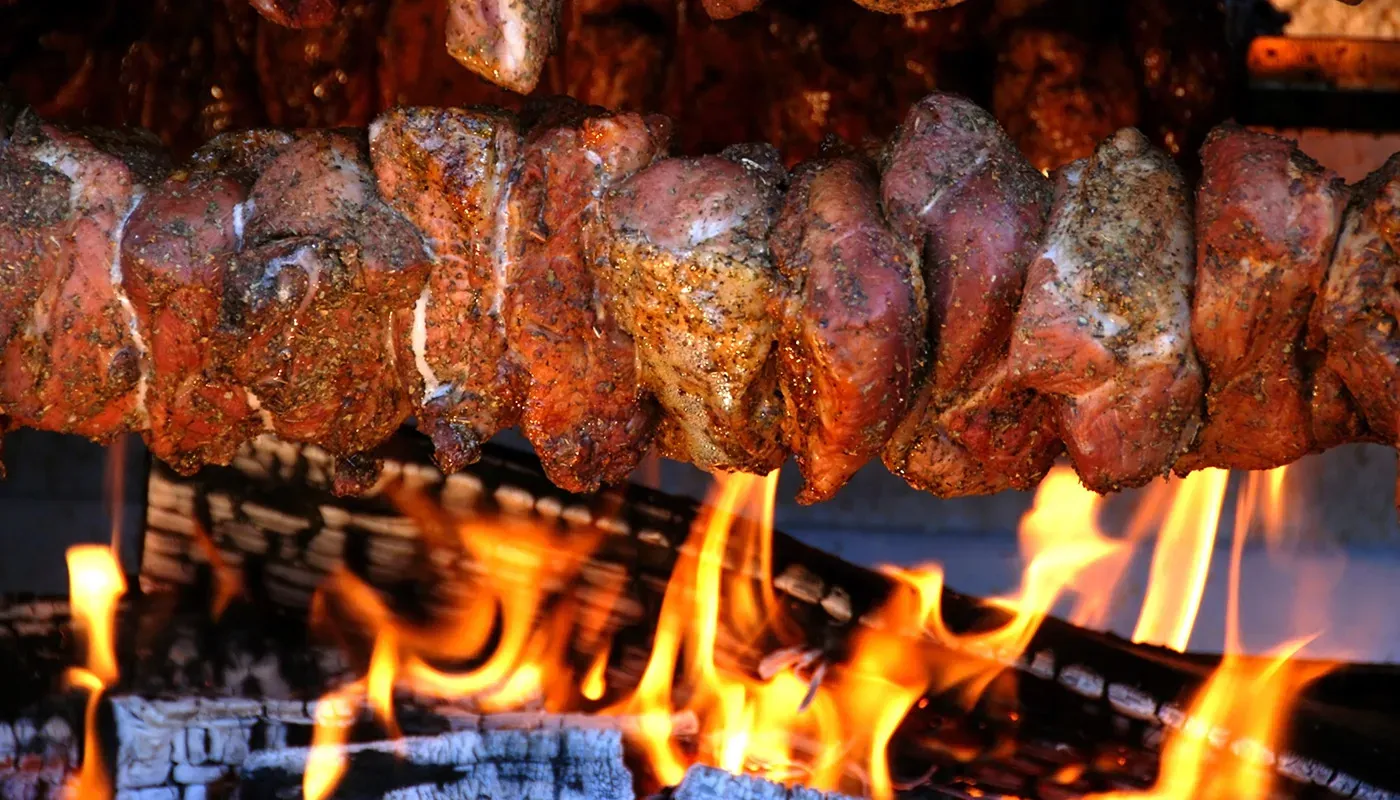 Smoked meat platter with sides at a BBQ restaurant.
Smoked meat platter with sides at a BBQ restaurant.
What should I eat when visiting Southern California vs. Northern California?
Southern California is famous for its Mexican food (especially tacos and California burritos), casual beachside seafood, and diverse Asian cuisines. Northern California is known for its innovative farm-to-table dining, fine dining scene, sourdough bread, and seafood like Dungeness crab and oysters (particularly around the Bay Area). Both regions offer a wide variety, but these are some distinctive highlights.
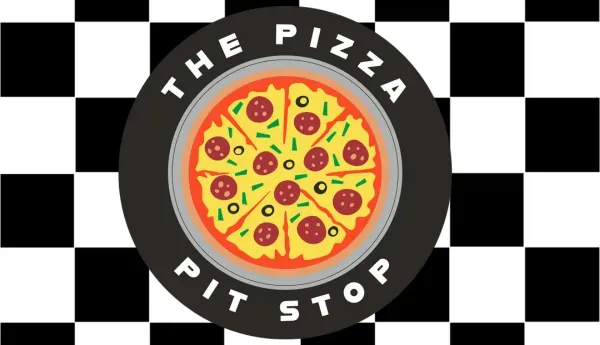 Pizza slices on display at a pizza counter.
Pizza slices on display at a pizza counter.
Can I find options for dietary restrictions in California?
Yes, absolutely. California, particularly in its major cities, is known for being very accommodating to dietary restrictions, including vegetarian, vegan, gluten-free, and specific allergies. Many restaurants highlight these options, and chefs are often willing to modify dishes. Theme parks like LEGOLAND California also provide resources and staff to assist guests with allergies.
Are theme parks like LEGOLAND good places to find unique California food?
Theme parks offer a specific, often themed, dining experience that is more about fun and convenience within the park setting. While they might offer types of food found in California (like burgers, pizza, or even Asian dishes), they also feature unique, park-specific items like Granny’s Apple Fries or themed snacks that you won’t find elsewhere. They are one part of the California food experience, but not the primary place to sample the state’s broader culinary diversity.
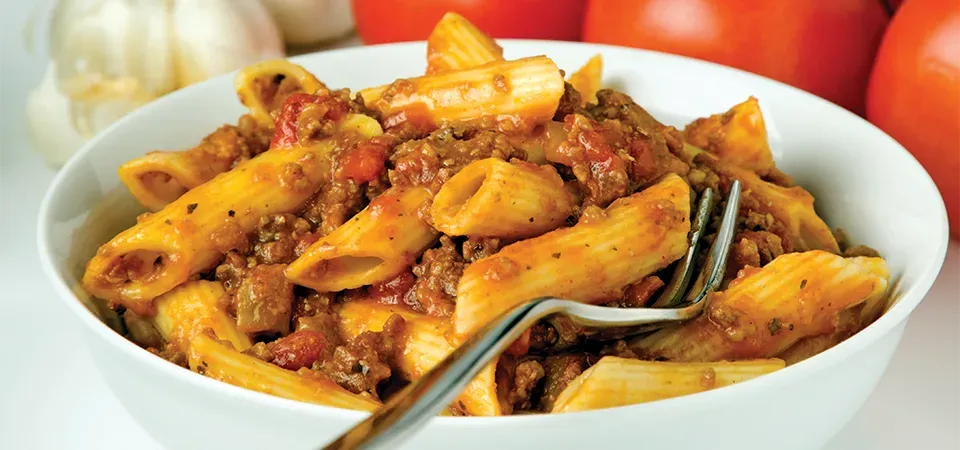 A spread of pizza, pasta, salad, and breadsticks on a buffet table.
A spread of pizza, pasta, salad, and breadsticks on a buffet table.
Conclusion
Embarking on a culinary journey is an essential part of experiencing California. While places like LEGOLAND California offer delightful and convenient dining options tailored for a day of fun, the true essence of what to eat in California lies in exploring its vibrant cities, coastal towns, and agricultural heartland. From iconic state staples to regional specialties and globally-influenced flavors, California’s food scene is a continuous discovery, promising fresh ingredients, innovative dishes, and memorable experiences around every corner.
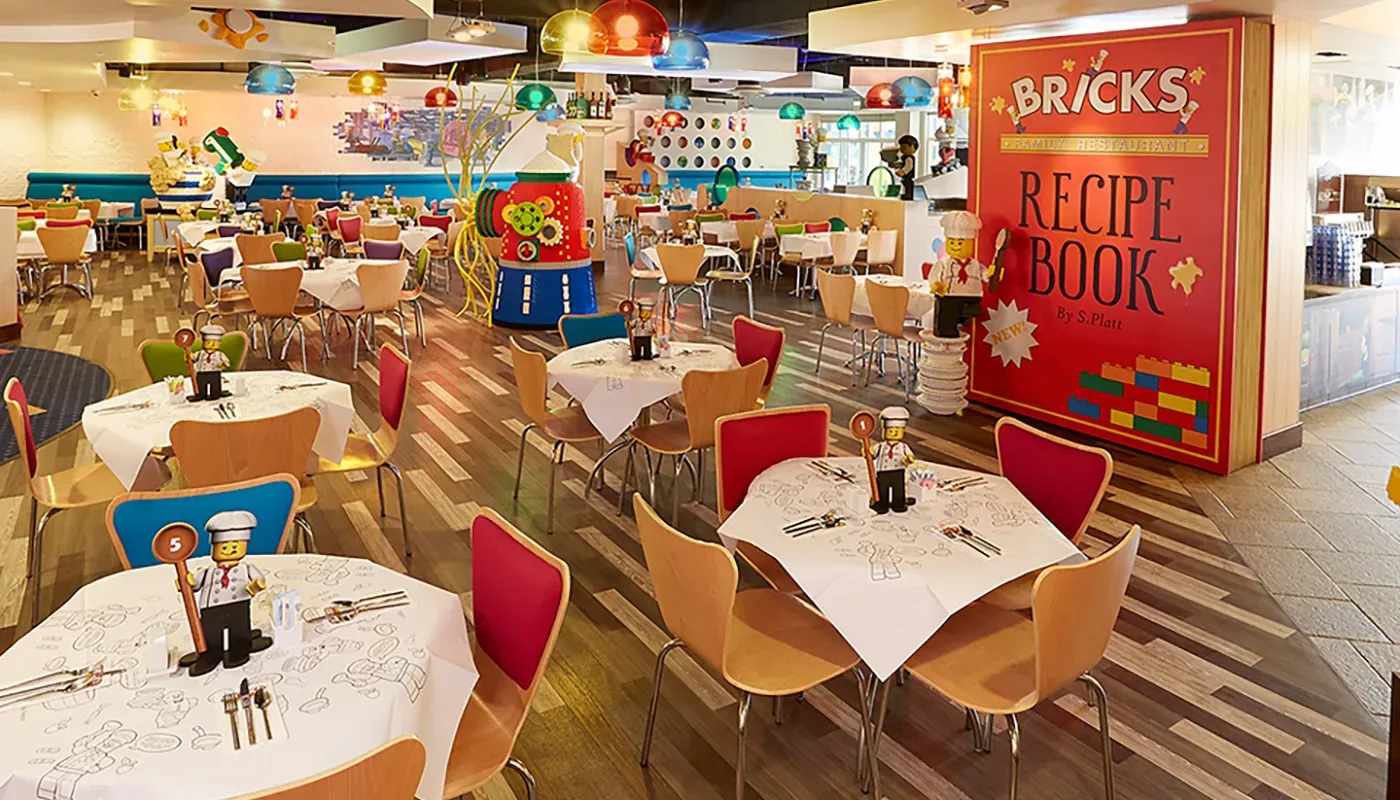 A brightly decorated dining area with tables and chairs.
A brightly decorated dining area with tables and chairs.
Whether you’re savoring fresh seafood by the Pacific, enjoying a classic burrito in San Diego, exploring a bustling farmers market, or simply grabbing a quick bite in a themed park, eating in California is an integral part of the adventure. So, come hungry and prepare to taste the Golden State!
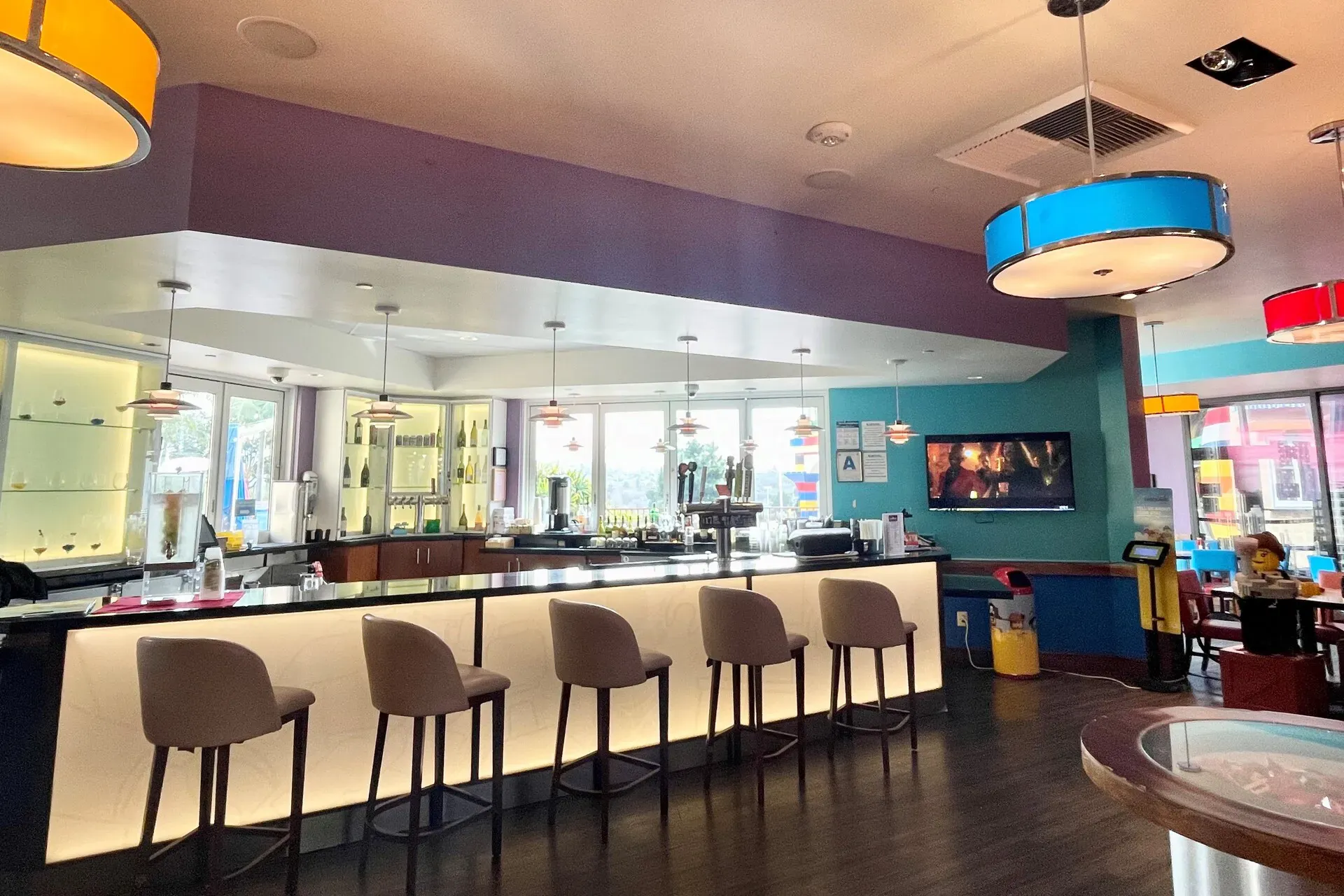 Modern cafe seating area with a view of a cityscape mural.
Modern cafe seating area with a view of a cityscape mural.
